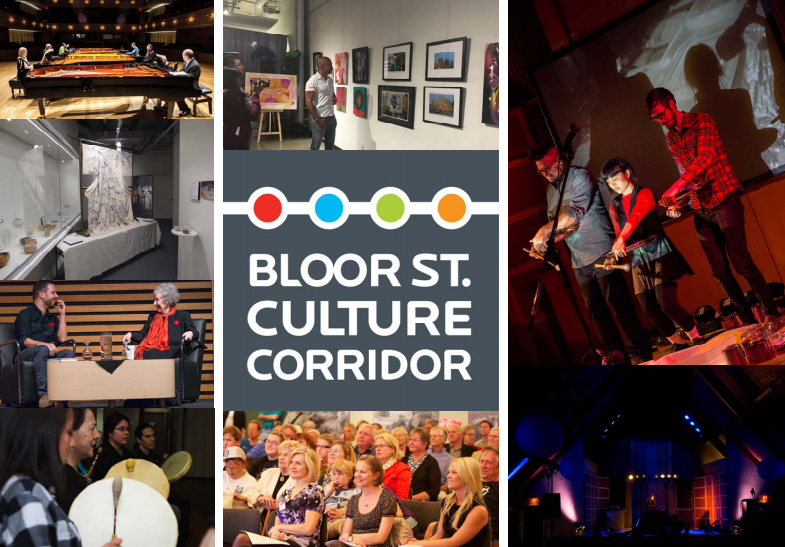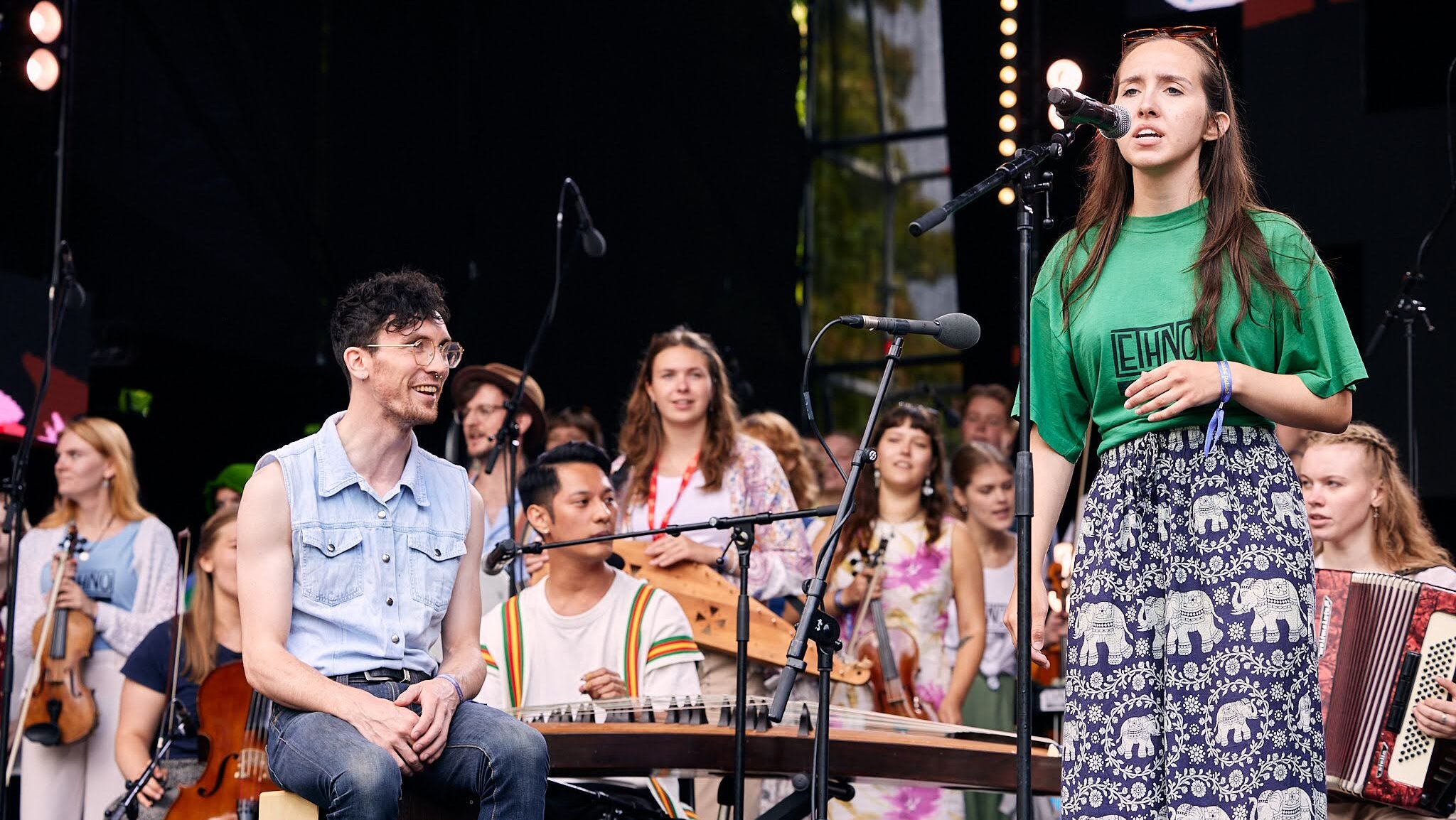I say teamwork because as an institution of our community, VEMU, the Museum of Estonians Abroad, works alongside other local museums, cultural centres, and venues to develop cultural programming here in Toronto.
VEMU is part of a broader network of cultural organizations called the Bloor Street Culture Corridor. The Bloor Street Culture Corridor was created in April 2014, and is currently made up of 22 member institutions from Bathurst Street all the way to Bay Street.
Heather Kelly, Director and facilitator of the Corridor, founded the consortium based on the idea of partnership. In the Spring of 2013, having worked four years as Director of Marketing for the Performing Arts Division of The Royal Conservatory of Music, Kelly sought to create an association that stretched beyond two or three organizations.
She thought “Wouldn't it be amazing if all of the arts and culture organizations in our community could work together in partnership for something larger for the neighbourhood?”
After several initial conversations, the first ever partners' meeting was held on Halloween…in costumes! And even though everyone was in the arts and culture sector, in the same neighbourhood, most people were meeting each other for the first time. It grew from there. The Corridor was founded the following April, starting with 12 member organizations.
The Corridor has always been a group where every organization is equal, no matter how large or small they are. Kelly states that this is fundamental to their core values. Every member has something to offer and to gain from being a part of the whole.
Kelly has expressed her contentment with the way the Museum of Estonians Abroad has connected to the Bloor Street community with its activity. “Whether it's a one-off lecture, or one of the exhibitions…it's significant for the Estonian community but also for the city to recognize. For example, [learning about] the Estonian architects who have shaped Toronto.”
Speaking about Estonian Music Week, Kelly says “The team did so much with other Bloor Street Culture Corridor partners, to bring the musicians and really make that a valuable, super fun, and diverse festival and showcase.”
Through the Corridor, there really is a beneficial cross-pollination of new audiences.
Corridor meetings are a chance for organizations to discuss the themes they are all working with, such as celebrating Tartu College's 50th anniversary. On several occasions, clusters of members will work together on something with an underlying thread that ties them all together, like a film screening or concert.
In this way, Bloor Street is a unique place in our city and Canada on the whole. The Corridor is introduced as “Toronto's most diverse arts and culture district.” There is diversity in terms of representing Estonian, African, Caribbean, French, Indigenous, Italian, Japanese, and Jewish culture. It's also diverse in terms of the range of high quality, professional programming and more. You could go from a film, to an exhibition, to a museum, and to a concert over a single weekend. For film, there's HotDocs. For music, there's RCM. The Miles Nadal JCC has a gym and day care services. The Alliance Française has music, theatre, and lectures. Many Corridor members have libraries or offer language courses. The scope is broad, but culture is what binds it all together.
Kelly has conveyed that there is a lot to be hopeful about despite the challenges surrounding the recent large scale cancellation of cultural events. She is hopeful that it will cause a re-evaluation and recognition of the inherent benefits of the arts: vibrancy, quality of life, cultural development, social cohesion, and improved mental health. Now with COVID-19, there's a role for the whole Corridor to play in economic, social, and community recovery.
With the mask bylaw and limits on indoor gathering sizes, member organizations are all approaching the next season differently. They are adapting while staying true to what they do. One example of continuing to grow visibility in this time is the online broadcast of VEMU ÖÖTV on August 29th, for Muuseumiöö.
Some music organizations are commissioning projects from artists that are specifically created for a digital-viewing context. The Royal Conservatory has their whole concert series on sale. There will only be 50 people in the concert hall, of course. For some venues, online tickets are free. For others, online tickets are being sold for a similar price. This way, artist fees, online broadcasting, and the cost of cleaning staff and ushers can be covered. Corridor members are endeavouring to continue creating memorable cultural experiences for people, while abiding by regulations and being attuned to what audiences feel comfortable with.
VEMU's connection to the Bloor Street Culture Corridor is something that helps strengthen the Estonian community in Toronto. It works as an extension of the community, where we can delve into our relationship with other Torontonians who share similar objectives, dreams, and challenges as us.




